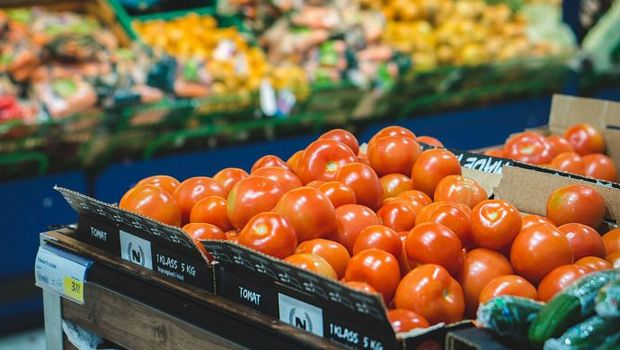Danfoss: Supermarkets could help the energy transition

If supermarkets use a heat pump to sell the excess heat back to the district-heating network they can substantially reduce costs and emissions by up to 40%.
Torben Funder-Kristensen, Danfoss – Food Retail says supermarkets can play a key role in reducing emissions, by using excess refrigeration capacity as a heat pump.
By selling this excess heat back to the district-heating network they can substantially reduce costs and emissions by up to 40%.
Supermarket refrigeration systems are made for “the hottest day in a ten-year period”, Funder-Kristensen explains so a normal refrigeration system has substantial surplus capacity.
Around 70% of which can be utilized to supplement external energy systems.
This can mean CO2 emission savings in the range of 60-70%.
If they use CO2 as a refrigerant they can reduce their emissions even more due to the low-GWP of the refrigerant and its high-efficiency. “The interesting thing with CO2 is the high temperature. You can export heat at 65oC and its very efficient”, he explains.
Supermarkets can earn up to 6,000 euros
Danfoss has already started a project in a Danish supermarket that uses CO2 transcritical refrigeration technology.
By integrating the system with a district heating network the supermarket made 6,000 euro so far.
Speaking at the IEA Heat pump Conference in Rotterdam, the Netherlands (15th – 18th May 2017) he sees only one complication. The supermarket needs to get to know their district-heating supplier, as you need to convince the heating supplier to integrate the supermarket with the district-heating network in the first place.
